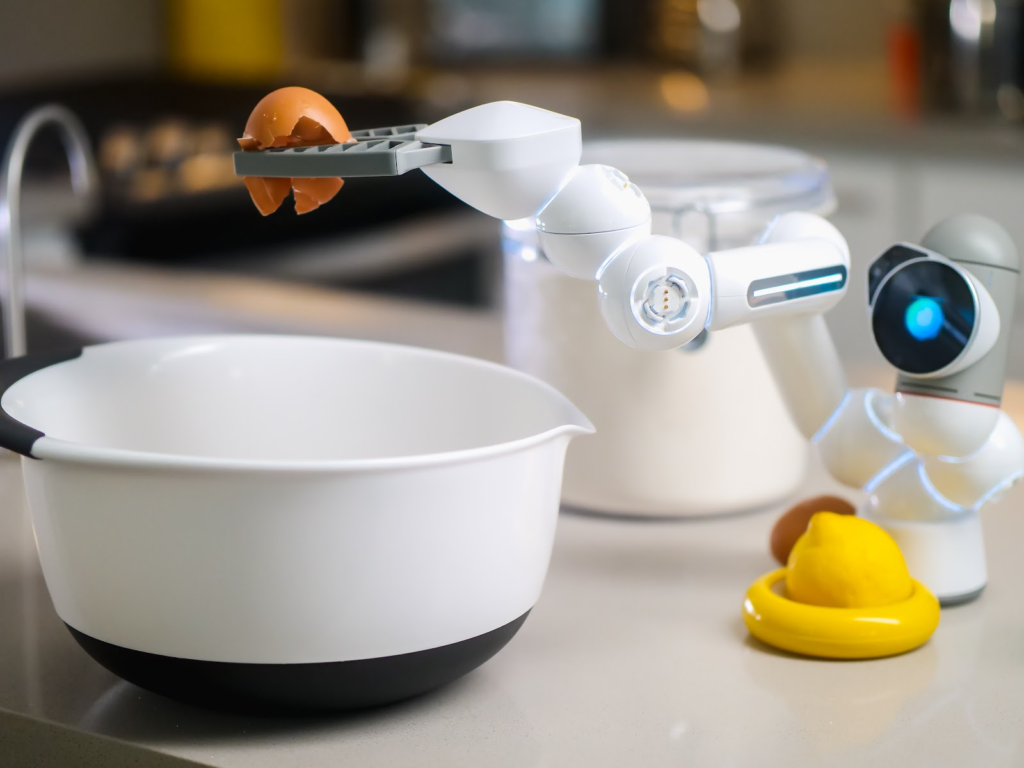Life is full of choices some big, some small, but all need answers. In moments where we can’t decide, flipping a coin has been our trusty companion. Whether it’s choosing what’s for dinner or settling a friendly debate, that simple toss often saves us from the endless back-and-forth. But why is this ancient decision-making tool still relevant today, in our modern world of algorithms and apps? Let’s take a closer look. Flip a coin always used by so many people at home or any place. To begin any type of game you can use this flip toss coin easily.
Confused about your life decision? Just flip this coin!
Btw, don't forget to assign something to both sides.
And don't take your life decision based on this stupid coin flip. I was kidding.
Heads: 0 Tails: 0
A Glimpse Into Coin Tossing’s Past
The humble coin flip has quite the history. Known as “coin tossing” or “heads or tails,” this method has been around for centuries. Ancient Romans called it navia aut caput, meaning “ship or head,” referring to the coin designs of their time. It’s more than just a fun way to pass the time; it was used to settle disputes and even decide the fates of public officials.
The reason for its lasting power is its simplicity. With two distinct sides, the coin flip offers a clear-cut, unbiased result. It strips away any personal bias or debate, leaving the outcome entirely to chance. And for centuries, that’s been enough to keep it in use.
Why We Still Reach for Flip Toss Coin Today?
You might wonder: why, in a world with endless decision-making tools, do we still rely on something as basic as flip a coin? Well, there are a few good reasons:
- It’s simple: Sometimes, the quickest way to decide is the best. No need for hours of overthinking—just a flip and you’re done.
- It’s fair: When two people can’t agree, a flip-toss coin provides an impartial solution. No one can argue with the results since it’s pure chance.
- It’s fun: Flip a coin can add a little excitement. The moment of suspense before the result can turn a routine decision into something more playful.
- It brings clarity: Often, we’re unsure what we truly want until the coin is in the air. You might realize, in that brief moment, which outcome you’re secretly hoping for.
The Art of the Perfect Flip Toss Coin
Flip toss coin seems easy, right? But there’s a method to ensure a fair toss:
Pick your coin: Any coin will do, as long as it has two distinct sides—commonly known as “heads” and “tails.”
Make the call: Decide who will call the toss, and what side they’re choosing before the coin is flipped.
Give it a good flick: Hold the coin between your thumb and forefinger, then flick your thumb to send it spinning through the air. Make sure it rotates enough for a truly random result.
Catch it or let it fall: You can either catch the coin and flip it onto the back of your hand or let it land on the ground. Either way, make sure the result is clear for everyone.
Reveal the outcome: The moment of truth—heads or tails? Let the coin decide what happens next.
Enter the Digital Flip Toss Coin
These days, we don’t always have a coin in our pockets. But that’s okay because technology has stepped in. Countless apps and websites now offer virtual coin flips, so you can still rely on this timeless tool even on the go. Some even let you customize the design, adding a personal touch to your coin-flipping experience.
Fun Ways to Use Flip Toss Coin
Coin flips aren’t just for tough decisions; they’re great for adding a bit of fun to everyday moments. Here are a few creative ways to use them:
- Games: Many games, from board games to sports, rely on coin tosses to determine who goes first.
- Friendly bets: Next time you and a friend can’t decide who should buy lunch, settle it with a flip.
- Learning tool: Coin flips are a great way to teach kids about probability. It’s a fun, hands-on way to explain the concept of chance and randomness.
The flip toss coin may be ancient, but it’s far from outdated. Its blend of simplicity, fairness, and a dash of excitement makes it the perfect tool for all sorts of decisions—big or small. So next time you’re faced with a tough choice, consider reaching for a coin. After all, sometimes, the simplest answers are the best.
History of Flip Toss Coin: How a Simple Toss Decided Big Moments
Have you ever found yourself in a dilemma and resorted to flipping a coin? Whether it’s deciding who gets the last slice of pizza or settling a heated argument, a coin toss has become a quick, almost instinctive, way to let chance take control. But have you ever wondered where this simple act comes from?
Believe it or not, the tradition of flipping a coin dates back thousands of years, and it has a much richer history than you might expect. From Roman emperors to sporting events, this little piece of metal has made its mark on history in surprising ways.
A Glimpse into the Past: Ancient Origins
The flip toss coin can trace its roots back to Ancient Rome. In those times, it was called “navia aut caput” which translates to “ship or head.” Roman coins often featured a ship on one side and the head of an emperor on the other. When Romans faced decisions—especially ones of great importance—they would call upon the gods by flipping a coin to determine their fate.
Romans weren’t alone in their coin-tossing ways. Other cultures, like the Greeks and Persians, used similar methods to let the gods decide outcomes, signaling how important luck and divine will were in decision-making. What might seem like a fun, trivial game to us today had deep spiritual significance for ancient people.
Flip Toss Coin in the Modern World
Fast forward to today, and the coin flip is still alive. While we no longer ask the gods for guidance, we still use this method for decisions that feel too close to call. Sports events, particularly football, often begin with a coin toss. The outcome of Super Bowl games and even Olympic events has been influenced by that simple flip of a coin!
One famous story involves the coin toss that decided the location of the city of Portland, Oregon. Two founding fathers, Asa Lovejoy and Francis Pettygrove, couldn’t agree on a name for the town they were founding. Pettygrove favored “Portland” while Lovejoy wanted “Boston.” After two out of three flips, Pettygrove’s choice prevailed, and the city was named Portland.
Why Does It Work?
At its core, a flip-toss coin works because it represents pure chance. With no bias, the coin leaves the decision to fate (or physics, if you prefer). But what makes the coin toss especially interesting is that it often clarifies what we want. Have you ever noticed that the moment the coin is in the air, you suddenly find yourself rooting for one outcome over the other? It’s as if a flip-toss coin helps us understand our true desires by forcing a quick emotional response.
More Than Just a Game
For many people, a coin flip is a fun way to settle a small dispute or make a lighthearted decision, but it has also played a role in significant moments of history. During wars, treaties were signed, and life decisions were made using this same method. Though we might consider it a game, its historical importance runs deep.
The Future of Coin Flipping
Will the flip-toss coin eventually become obsolete in a world driven by data, algorithms, and science? Maybe, but for now, it’s still going strong. Even in an era where we crave certainty, sometimes leaving it to chance just feels right.
So, next time you flip-toss coin, take a moment to appreciate its long journey from ancient Rome to your hands. You’re not just making a decision—you’re part of a tradition that has stood the test of time.







